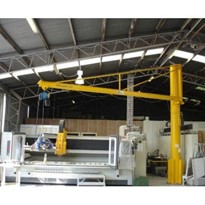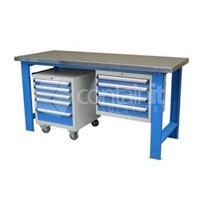According to Safe Work Australia, work-related musculoskeletal disorders are the most common condition for which workers' compensation claims are lodged. Of these injuries, up to 10 per cent are knee-related and up to 38 per cent are back-related making complex joints, like the knees and back, an injury hotspot for workers.
Complex joints such as the knee, wrist, ankle, back etc are made up of soft tissue such as ligaments and tendons that provide support and flexibility to the bones and surrounding muscle. Overstretching, damage, or tears to such tissue can result in a sprain or strain. Such injuries can be a one-off incident or a series of incidents leading to chronic wear and tear injuries.
In Australia most musculoskeletal injuries can be accounted to body stressing, tasks or through impact injuries caused by a slip, trip or fall. Body stressing injuries account for 40.8 per cent and slips, trips, falls account for 20.9 per cent of sprain and strain injuries.
Workers who perform repetitive manual tasks or who are exposed to physical labour are at a high risk for sprains and strains. Industries like contract cleaning, health care, aged care, manufacturing, transport and logistics, warehousing and construction are amongst the highest risk sectors for sprains and strains. According to Clean Start, contract cleaners are only second to concrete construction services.
Work-related factors are the primary causes of sprains and strains at work. Manufacturing workers have a very high incident rate due to muscular stress while lifting, carrying or putting down objects repeatedly, while construction workers' injuries are often due to repetitive movements and low muscle loading. While body stressing causes the vast majority of sprains and strains, slips trips and falls, or impact injuries can also result in significant tissue damage. Slippery surfaces, sharp or moving machinery and falls from heights can all contribute to WMSDs
Individual factors such as age, overall health, and training also tend to influence WMSDs. Sprains and strain incidences rise with age, to peak in the 40-44 age group.
Employers and OHS professionals can take several steps to reduce the risk of WMSDs for workers.
Ergonomic solutions
- Using the right positioning, or raising work off the floor eliminating the need to work
- Tools and equipment designed to perform work without requiring the worker to kneel or bend for e.g. rolling stools, tool extensions.
- Choosing less impact-full and rough surfaces to perform work on when possible, and taking small breaks to relieve stress on the knee.
PPE solutions
- Choosing cushioning barriers like kneeling pads, knee pads or portable cushions to reduce impact on the knees.
- Correct cleaning and fitting of kneepads and other PPE to provide optimum comfort and protection.
Other solutions
- Use ladders and supports to descend or ascend from heights, avoiding jumping and impact
- Wearing correct footwear on slippery oily or rough surfaces to avoid trip and falls.
- Rostering work time to avoid long periods of squatting, kneeling and/or bending for any one worker.
- Maintaining a healthy weight and strengthening the leg-muscles, back muscles or muscles surrounding the knee.
The use of PPE is considered the last line of defence against WMSDs. Used correctly ergonomic PPE such as back supports, knee pads and kneeling pads can provide support cushioning and serve as a reminder to use correct bending lifting or kneeling techniques.


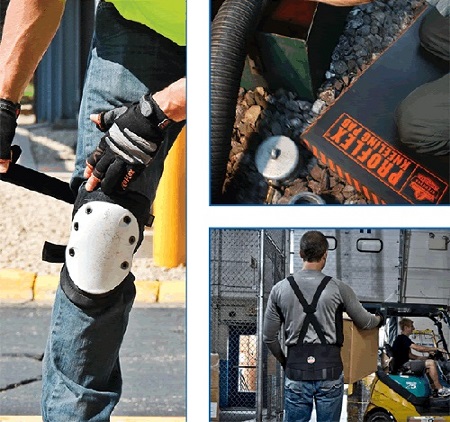
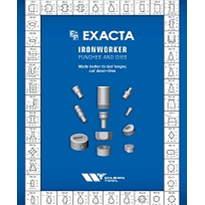
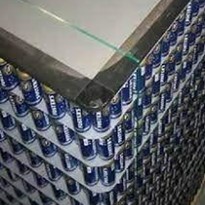
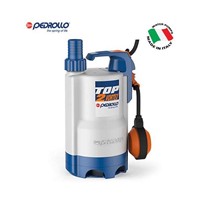
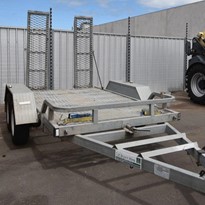

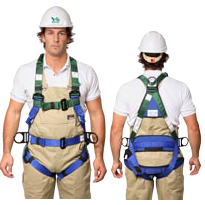
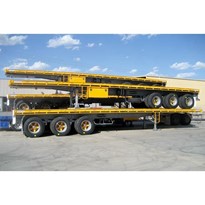

-205x205.jpg)
